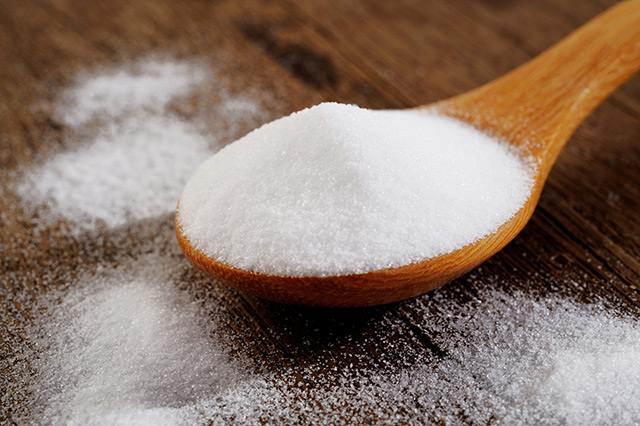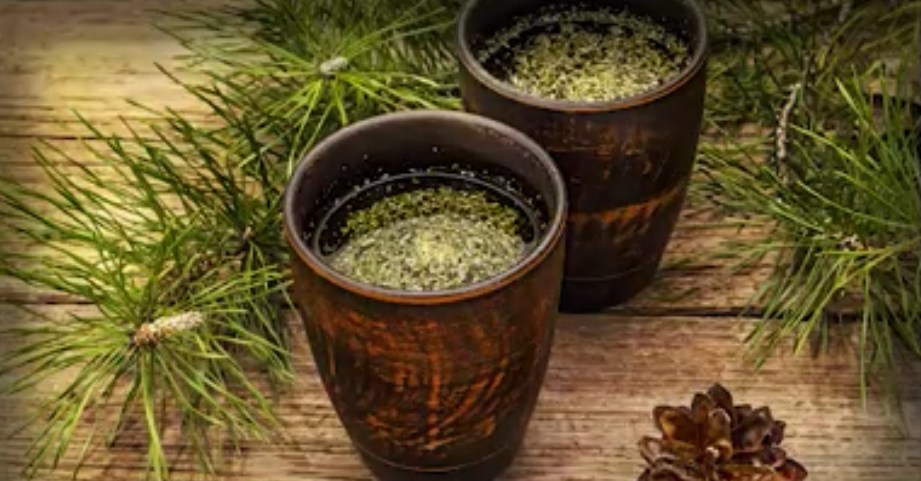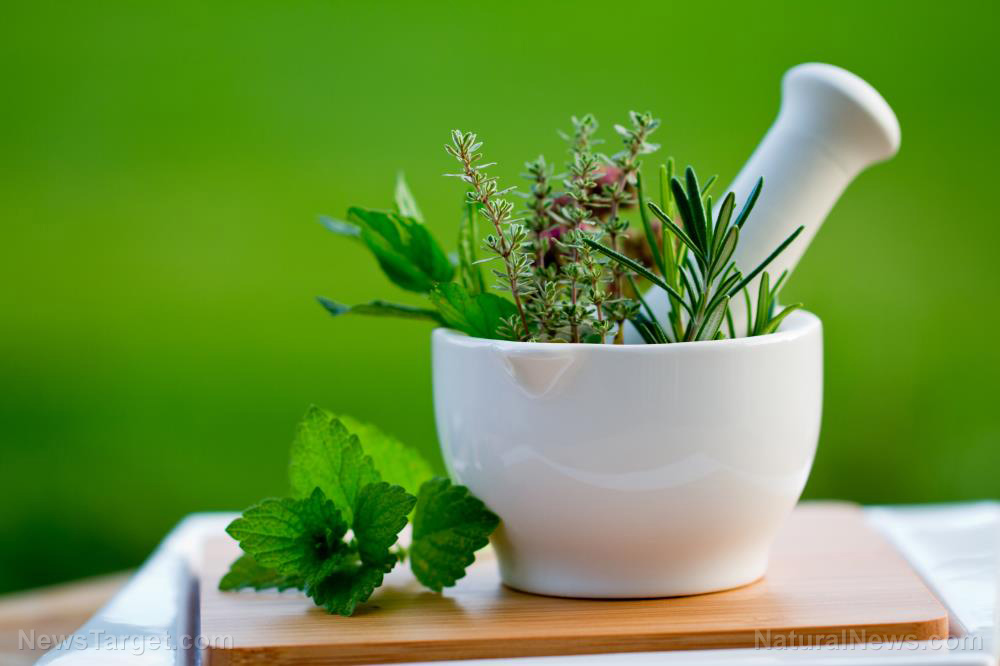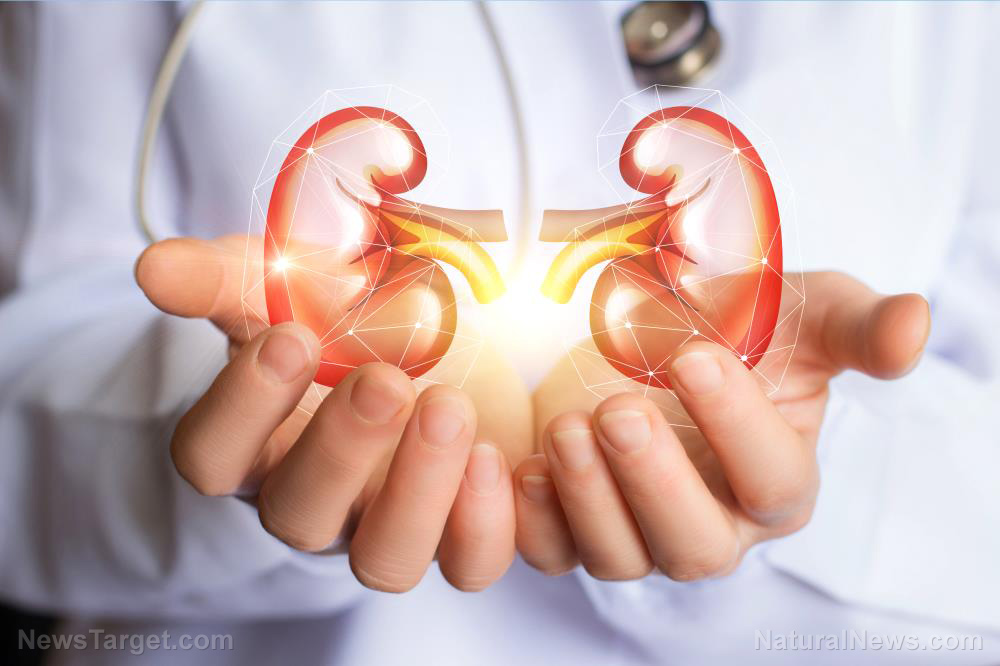Traditional Chinese exercises improve limb functions in stroke patients
06/05/2019 / By Ralph Flores

Patients who suffered from a stroke often find themselves in a debilitating state afterward, especially when it comes to mobility and movement. An article published in the journal Complementary Therapies in Clinical Practice suggests considering traditional Chinese exercises to restore limb function.
A stroke happens when blood supply to the brain is interrupted or reduced, which causes lack of oxygen and nutrients. In the U.S., it’s the fifth leading cause of death according to the Centers for Disease Control and Prevention, as well as a major cause of disability in adults. Every year, around 795,000 Americans suffer from a stroke, with strokes from arterial blockages (ischemic strokes) being the main culprit.
A stroke can result in either temporary or permanent disability, depending on how long the brain was deprived of blood flow and which part was affected. Paralysis and loss of muscle movement, in particular, is a major complication. A stroke patient may become paralyzed on one side of the body or lose muscle control. His mobility and coordination can also become impaired.
Rehabilitation for stroke patients includes exercises to improve strength, coordination, balance, sensation, and fitness. Other techniques used in restoring movement include electrical stimulation, equipment such as treadmills, and foot braces, as required.
For the systematic review and meta-analysis of randomized control trials (RCTs), researchers combed through 12 electronic databases from their inceptions up to February 2017. These included PubMed, The Cochrane Library, Web of Science, EMBase, Science Direct, PsycINFO, Cumulative Index to Nursing and Allied Health Literature, Allied and Complementary Medicine, Chinese Scientific Journal Database, China National Knowledge Infrastructure, Chinese Biomedical Literature Database, and WanFang Data.
Researchers sought for RCTs that examined the rehabilitative effects of traditional Chinese exercises on limb functions among stroke patients. After the data were screened, extracted, and assessed for risk bias, they proceeded to determine the quality of the methodology and conducted a meta-analysis of the studies that were included in the review.
The team found 31 RCTs which enrolled 2,349 participants. The results of the meta-analysis showed that traditional Chinese exercises had positive effects on limb motor function. Further analysis found that these effects were not affected by which types of exercises were used and the length of intervention time.
The results indicated that traditional Chinese exercises could benefit stroke patients who are looking to improve limb function. (Related: Acupuncture confirmed to be an effective rehabilitation treatment for stroke patients.)
Stroke patients can benefit from tai chi
People who survive a stroke often face an uphill battle when it comes to recovering from the condition. Indeed, a stroke brings drastic changes to a person’s lifestyle, but this doesn’t mean that life goes downhill from there. Practicing tai chi could be very useful for stroke survivors as the discipline can bring about increased stability and functionality, as well as an improved sense of well-being.
Tai chi is a series of movements that are performed slowly in a continuous rhythm. The movements are carried out with complete concentration and can boost a person’s physical, mental, emotional, and spiritual health. Initially developed as a form of martial arts, tai chi is now practiced as a form of exercise. People who incorporate tai chi in their workout are in for a treat as it carries the same benefits as resistance and strength training.
For stroke survivors, tai chi can prove to be effective in improving their balance during rehabilitation, thanks to its focus on slow, controlled, and repetitive movements. Tai chi can even help make patients avoid a fall with movements that target dynamic motion and coordination.
Sources include:
Submit a correction >>
Tagged Under:
alternative medicine, cardiovascular health, disease treatments, heart health, ischemic stroke, longevity, natural cures, natural medicine, pain relief, remedies, stroke, tai chi, TCM, traditional Chinese exercises
This article may contain statements that reflect the opinion of the author
RECENT NEWS & ARTICLES
COPYRIGHT © 2017 REMEDIES NEWS





















